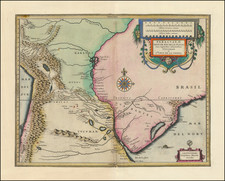Finely executed antique map of the Southernmost part of South America, published in Amsterdam.
The map illustrates Patagonia, Tierra del Fuego and the Straits of Magellan and Le Maire, the latter of which had only recently been discovered in 1617.
The map is the work of Hessel Gerritsz, one of the most important Dutch cartographers of the 17th century. The vast majority of Gerritsz's map survive in manuscript form only
The map illustrates the recent discoveries of Jacques Le Maire, which provided a second route from the Atlantic to the Pacific, bypassing the Strait of Magellan.
The European encounter with the Straits of Magellan and Tierra del Fuego
The first European voyage to the region would leave the largest legacy. Ferdinand Magellan and his crew found the entrance to the Straits and navigated the treacherous passage during his historic circumnavigation (1519-1522). It is from Magellan that we get the name Tierra del Fuego, or land of fire, as he saw numerous fires of the indigenous peoples. He also named Cape of Virgins and Cape Victory, and lent his name to the Straits themselves.
Another circumnavigator, Francis Drake, passed through the Straits sixty years after Magellan. His voyage distressed the Spanish, who thought their control of the Pacific secure, and led Spanish colonial officials to appoint Pedro Sarmiento de Gamboa to attempt a settlement in the Straits. Unfortunately, the settlement failed and Thomas Cavendish, on his own circumnavigation (1586-8), found the survivors. He rescued one, along with the town’s ordnance, and abandoned twenty others. Cavendish renamed the unlucky Spanish settlement of Ciudad de Rey Don Felipe as Port Famine, in memory of the starving people he found there.
The most significant toponyms for the history of exploration are east of the South American landmass. The Dutch East India Company (VOC) had declared the Straits as their own, disallowing non-VOC ships from entering. In an attempt to circumvent these restrictions, the merchant Isaac LeMaire financed a voyage to find an alternative route in 1615. William Schouten and Jacob Le Maire entered the Pacific from the West via a strait that sent their ships around Cape Horn, which they named for their port of departure in the Netherlands. Le Maire’s name was chosen for the Strait, while the island they passed by received the name of Staten Landt. The Schouten and Le Maire expedition also named the Barnevelt Islands after Johan van Oldenbarnevelt, governor of the province of Holland.
The Spanish, as they had been with Drake, were alarmed at the incursion and sent an expedition to verify the new strait in 1618. The Spanish commanders, the Nodals, took along two pilots that had sailed with Schouten and Le Maire. After rounding Cape Horn they found an island they named for another of their pilots, Diego Ramirez. They were the first to circumnavigate Tierra del Fuego, proving its insularity.
Turning farther east, there is another group of islands, the Sebalds. These islands gained their name from another Dutch voyage. The Magellan Company, commanded by Oliver van Noort and the Rotterdam Company, were the only two Dutch spice fleets that navigated the Straits (the former in 1598-1601, the later in 1598-1600). The Rotterdam Company were troubled by weather and difficult navigation. Wintering in the Straits, they lost 120 of the nearly 500 men to the conditions and, reportedly, pugnacious and giant native peoples. Frustrated and ailing, one of the commanders, Sebald de Weert, decided to return to Holland, meeting Oliver van Noort on his way home. De Weert charted islands to the northwest of the Malvinas, which appear on maps as the Sebald Islands, or the Sebalines.
Later in the seventeenth century, John Narbrough entered the Straits on the first British Admiralty sponsored voyage to the South Seas. He traversed the Straits east to west and west to east after visiting Valdivia (and leaving four of his men behind).
In the eighteenth century, Byron and Bougainville both entered the Straits as part of post-Seven Years’ War imperial voyages. Both of these men also visited the Falklands, contributing significantly to the charting and politicization of that archipelago. Byron was followed by another Admiralty voyage, that of Samuel Wallis, who sought to expand British exploratory knowledge of the Pacific.









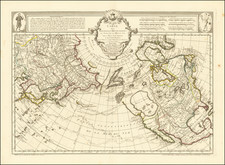
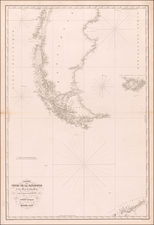
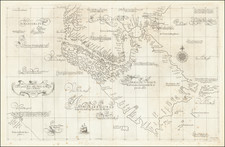
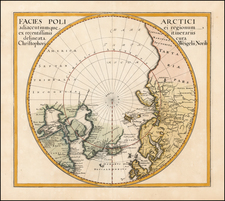
![[Tierra Del Fuego / Straits of Magellan, etc.] Carte Des Cotes de L'Amerique Meridionale depuis le Parallele 36° 30' late. Sud jusqu'au Cap de Horn Levée en 1789, 1790, &c. par des officiers de la Marine en 1800](https://storage.googleapis.com/raremaps/img/small/57719.jpg)
